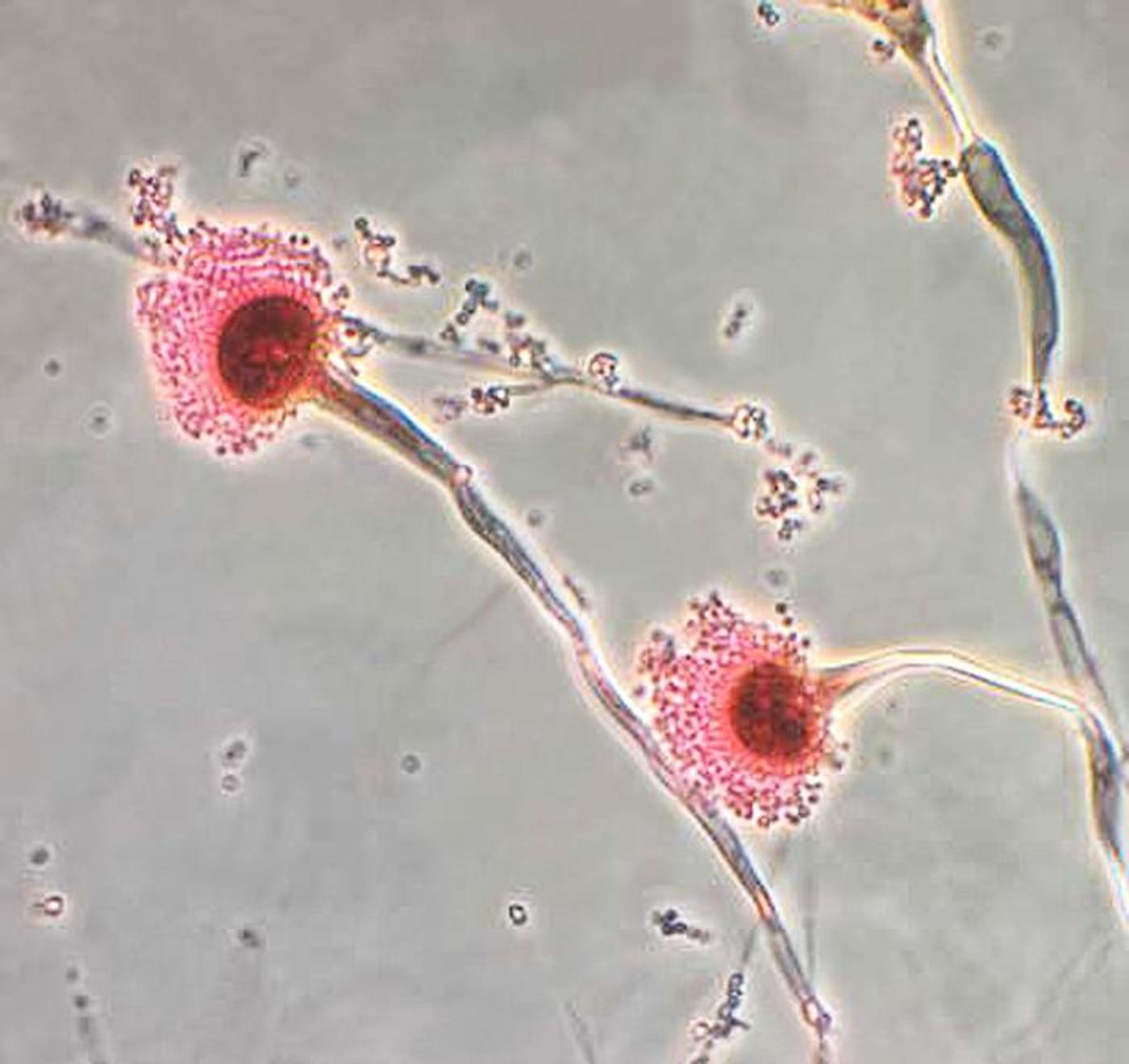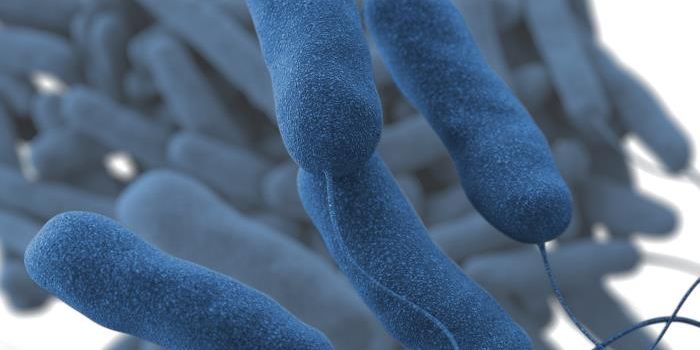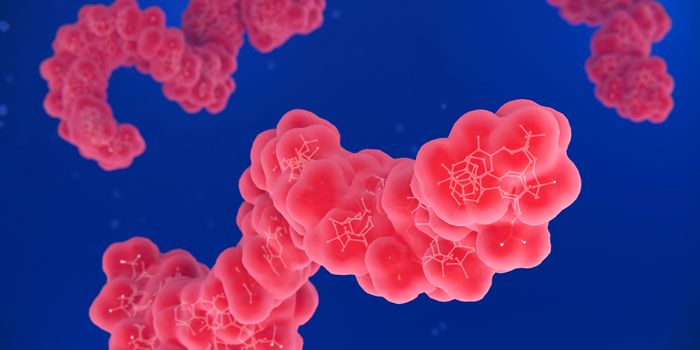Fighting Back Against Fungal Pathogens
Two new research studies are addressing the rising threat of fungal infections, which can be very difficult to treat. One study has examined the cell walls of fungi to look for weaknesses, while another, unrelated paper identified a fungal gene that promotes virulence, and could be an excellent drug target.
Reporting in The Journal of Physical Chemistry Letters, scientists used techniques called wide- and small-angle neutron scattering diffraction and spectroscopy to look at lipids, or fats in the fungal cell membrane. While eukaryotes like plants and animals carry cholesterol in their cell walls, fungi have a similar molecule called ergosterol in their eukaryotic cell membranes. Cholesterol and ergosterol add flexibility and stability to cell walls.
This study has shown that ergosterol is not exactly like cholesterol, and it could present a target for antifungal drugs.
"Neutron techniques allowed us to look at individual molecules and how they move around in the membrane," said first study author Shuo Qian, a staff scientist at Oak Ridge National Laboratory. This study has highighted the unique nature of ergosterol, which requires its own research. A better understanding of this important part of fungi might help us understand how to fight fungal infections.
Ergosterol was shown to have a very unusual effect on the movement of other lipids in the membrane that was unlike anything the researchers have observed before.
In the other study, which was reported in Communications Biology, researchers have identified genes called sirtuins that seem to be required for the virulence of Aspergillus fumigatus, a fungal pathogen the World Health Organization has warned about. When versions of this gene were deactivated, the fungus was still able to survive, but many of its essential functions were impaired, dramatically limiting its ability to cause infection.
Researchers are still learning about the functions of the sirtuin genes, but they appear to be related to cell wall maintenance, metabolism, and temperature tolerance, among other functions.
In this work, the investigators engineered six strains of A. fumigatus that each lacked one of six sirtuin genes. The most significant effect was seen when sirE, which encodes for the protein sirtuin E, was ablated. When mice were exposed to the normal strain of A. fumigatus, they developed a fungal infection, but when exposed to the A. fumigatus strain that lacked sirE, they did not get sick.
The researchers suggested that sirtuin inhibitors present attractive targets for antifungal drugs, based on the results of this study. They are now searching for a molecule that can inactivate sirtuin E. Such a molecule may also make fungal pathogens more susceptible to currently approved antifungal drugs that don't always work against drug-resistant fungi.
"It isn't necessarily bad for a future drug with this target to inhibit human sirtuin as well as fungal sirtuin, but it's something we should look out for. Marginal side-effects can be acceptable in novel drugs, provided the benefits are substantial," noted co-corresponding study author André Damasio, a professor at IB-UNICAMP.
While more research is needed, these studies have provided some new insights into how to combat fungal infections.
Sources: Oak Ridge National Laboratory, FAPESP, The Journal of Physical Chemistry Letters, Communications Biology









